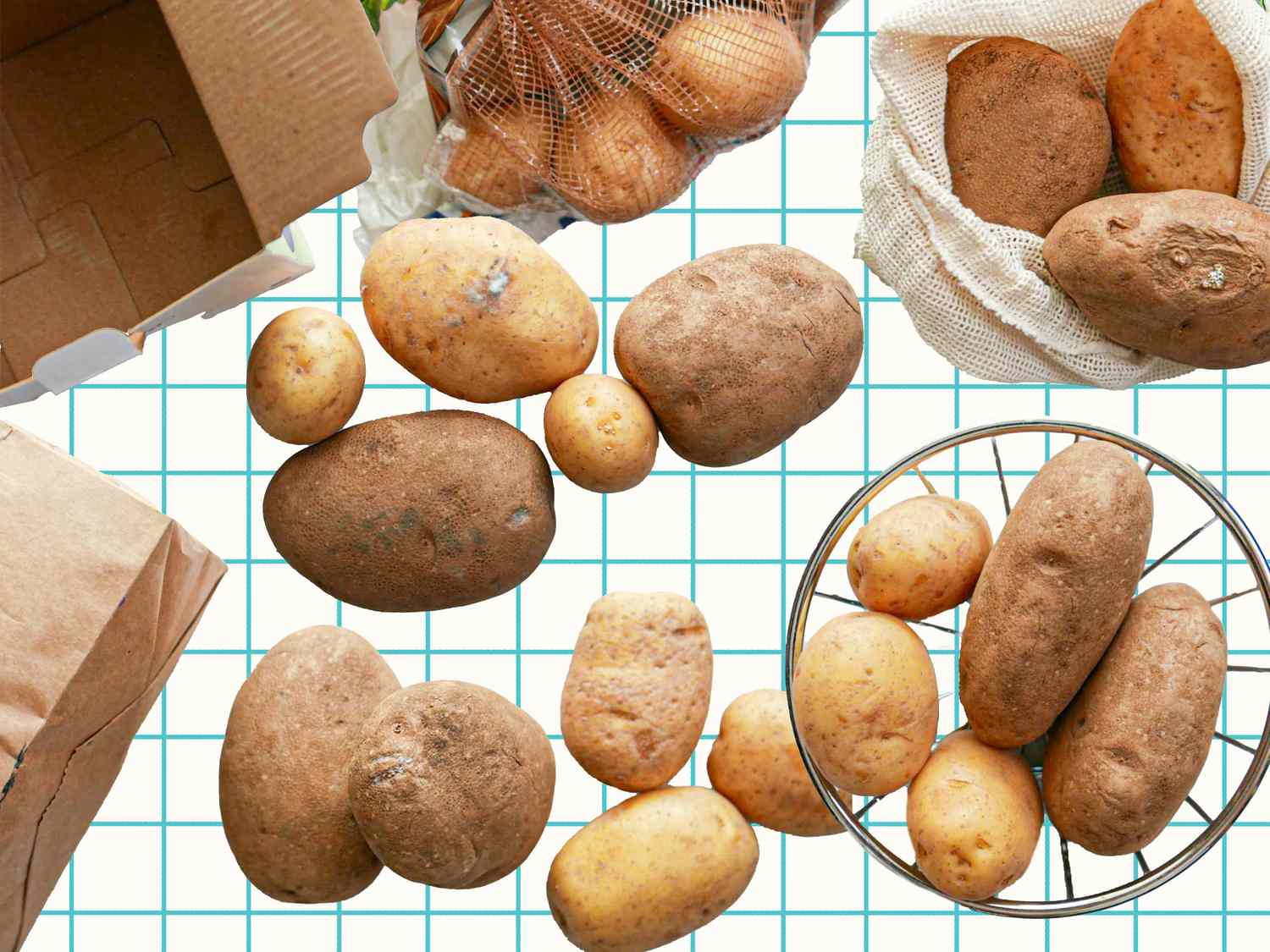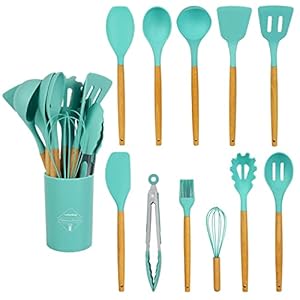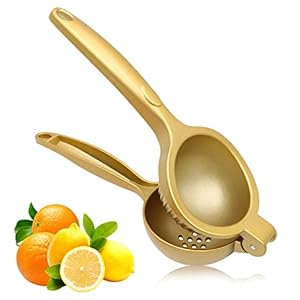
Potatoes are a kitchen staple for good reason—they’re versatile, hearty, and capable of being transformed into countless delicious dishes. Keeping a supply of spuds in my pantry is handy for making easy side dishes, such as roasted potatoes, air-fryer baked potatoes, or smashed potatoes, but every once in a while, I’ll reach for a potato and find it sprouting, wrinkling, or worse—rotting.
The disappointment isn’t so much about the waste—potatoes are cheap and easy to compost—but when I want a potato, I freaking want a potato! To prevent future dinnertime tantrums from my inner child, I went on a journey to discover the absolute best ways to store potatoes and tested various methods for keeping them fresh and firm for as long as possible.
Optimal Conditions to Store Potatoes
Before I began testing, I consulted several agricultural guides on post-harvest potatoes, including those by the Oregon State University Extension Service, the UC Davis Postharvest Research and Extension Center, and the Utah State University Extension. I learned that potatoes can last up to a year after harvest when kept under ideal conditions, but can quickly spoil if not stored properly.
Potatoes stored at room temperature (around 68°F/20°C) will start to sprout, wrinkle, soften, and rot after just a week or two. On the other hand, storing them in the fridge can cause the starches to turn into sugars, making them brown too quickly if destined for the fryer. Too much light can cause potatoes to turn green from chlorophyll, frequently accompanied by high levels of a toxic alkaloid called solanine.
The Goldilocks solution? A dark, coolish (45°F/7°C to 55°F/13°C or to), well-ventilated place, like a wooden potato box in a root cellar—words that aren’t exactly part of the modern-day vernacular. As an urban apartment dweller, my task was to find the next best storage container and storage area.
Choosing Potatoes to Test
The shelf life of potatoes can vary depending on the type. Russet potatoes, known for their thick skin and starchy flesh, typically have the longest shelf life, lasting about three to five months when stored properly in a cool, dark, and dry place. With their thinner skin and creamy texture, Yukon Gold potatoes generally last about two to three months under the same conditions. Red potatoes and fingerlings, which have a higher moisture content and thinner skin, tend to have a shorter shelf life, often lasting around one to two months before they soften or sprout.
For this experiment, I purchased 10-pound bags of russet potatoes and Yukon Gold potatoes—the two types most Americans are likely to keep on hand—at Costco, making sure they had no cracks, bruises, wrinkles, soft spots, or greening beforehand.
Finding the Best Container for Storing Potatoes
I first focused on finding the best containers to store potatoes, then seeing how they fared in different storage areas. Ideal containers allow air to circulate and retain humidity while preventing moisture buildup that can lead to rot. I opted to try six vessels:
- Paper bag
- Mesh cotton produce bag
- Perforated plastic bag (the ones bulk potatoes are sold in)
- Lidded cardboard box
- Metal wire basket
- Plastic mixing bowl
After choosing the storage containers, I put them to the test in two sets of conditions:
- In a temperature controlled refrigerator drawer set to 50°F (10°C) and 65% humidity to mimic ideal root cellar conditions.
- In the pantry.
Results: Refrigerator Drawer Set to 50°F (10°C) and 65% Humidity
I placed two russets and three Yukon Golds in each container and stored them—with nothing else—in a refrigerator drawer set to 50°F (10°C) and 65% humidity (a much higher temp than your average refrigerator drawer, for testing purposes). I checked the drawer’s condition with an indoor thermometer and hygrometer. (Potatoes are about 80% water, so high storage humidity—90 to 95%—is ideal to prevent moisture loss and shriveling.)
After a week, all of the potatoes looked more or less the same. The ones in the mesh cotton produce bag and the plastic mixing bowl were slightly softer than the others, but still mighty fine-looking potatoes. If you have a refrigerator crisper drawer that can be set to a different temperature than the rest of the fridge, this seems to be an ideal spot to keep your spuds, whether you bag ‘em, bowl ‘em, or just toss ‘em in loose. That said, high-tech cooler drawers are about as accessible as root cellars, so onward with the testing.
Results: Room Temperature Pantry
Since the refrigerator drawer couldn’t knock out any of the storage container options from my testing, I repeated the test but placed all of the batches of potatoes in a less ideal environment: a room-temperature kitchen pantry.
I removed everything that wasn’t a potato from the storage space and kept the potatoes there for one week. The daytime temperature (in July) over the week ranged from 65°F (18°C) to 77°F (25°C) with 70 to 95% humidity. Here’s how each one fared.
Paper Bag
Serious Eats / Perry Santanachote
The paper bag prevented ventilation and ended up feeling damp after a week. At least a couple of potatoes were getting moldy.
Mesh Cotton Produce Bag
Serious Eats / Perry Santanachote
The mesh cotton bag also retained too much moisture, causing the russets to grow mold.
Perforated Plastic Bag
Serious Eats / Perry Santanachote
Whoever developed the potato sack at Big Potato knew what they were doing. The bags that these potatoes came in did their job well, allowing for proper ventilation. The next time you buy several pounds of this staple, don’t transfer them to another container.
Lidded Cardboard Box
Serious Eats / Perry Santanachote
Like the paper bag, the cardboard box felt damp, the potatoes were moldy, and some of the Yukon Golds began to sprout.
Plastic Mixing Bowl
Serious Eats / Perry Santanachote
The plastic bowl didn’t offer quite enough air circulation, making the potatoes at the bottom damp and squishy.
Metal Wire Basket
Serious Eats / Perry Santanachote
This storage method was right up there with the perforated plastic bag. The open sides offered the potatoes the airflow they needed. Based on the success of both this method and the perforated plastic bag, I concluded that maximizing air circulation as much as possible is key for making potatoes last. You can even leave them in a pile on the counter, if you don’t mind them knocking around, but any breathable open container or bag will do.
Storing Potatoes Alongside Onions
Serious Eats / Perry Santanachote
While onions are commonly stored with or near potatoes, experts advise against this since onions emit ethylene gasses that can negatively affect the potatoes. The UC Davis Postharvest Research and Extension Center says low levels of external ethylene can cause weight loss and mild shriveling in potatoes, while high concentrations of external ethylene may induce sprouting.
It’s worth noting that commercial non-organic potatoes are often treated with sprout inhibitors to extend storage life. (Organic growers might use essential oils to reduce sprouting naturally.) The potatoes I used in this experiment were conventional, so possibly treated with a sprout inhibitor.
I tested onion’s impact on potatoes by storing them both in the same wire basket in one pantry and potatoes on their own in another pantry for a control group. I also placed one batch in a dark corner of my counter, sitting next to a bowl of onions.
Serious Eats / Perry Santanachote
After one week, the countertop potatoes sitting next to the bowl of onions fared the worst out of all the potatoes throughout the testing. The spuds were shriveled, squishy, and a little moldy (see above). The potatoes that were stored closer to the onions but in the more ideal storage conditions of the pantry looked much better.
However, the pantry potatoes stored next to the alliums picked up an off flavor—likely a degradation caused by the ethylene emitted from the onions—which I discovered when I cooked with them. I fried and boiled batches of each to see how they tasted. Fried russet potatoes that had been stored in the pantry next to onions smelled oniony and tasted acrid, sour, and bitter compared to the control group, which smelled fresh and earthy and tasted only of potato.
Steamed Yukon Golds stored next to onions had some sharpness but weren’t as sour. I suspect I wouldn’t have noticed this much if I didn’t perform a side-by-side tasting. The steamed russets stored with the onions were more unappetizing, taking on a stale taste, and void of potato flavor.
Serious Eats / Perry Santanachote
My takeaway, which aligns with expert advice, is to avoid storing these staple foods together—and likely other ethylene gas-producing foods like bananas and apples, for example—particularly in the same bowl. Since the room-temperature potatoes were rotting, I didn’t taste them, but they looked terrible. We know that storage conditions also have a big impact on the outcome of your potatoes, so the less ideal the storage conditions, the worse overall, and the presence of ethylene gas-producing foods exacerbates that.
How Refrigeration Affects Potato Storage
The Oregon State University Extension Service says storage temperatures below 38°F (3°C) can cause sugar buildup or sweetening: “Fried products from such tubers are darker and oilier than those from tubers stored at higher temperature.” However, the UC Davis Postharvest Research and Extension Center says that chilling damage, defined as a “discoloration of internal tissue,” only occurs during longer periods of storage, usually a few weeks.
To see if one week in the fridge noticeably altered potatoes’ sugar-to-starch ratio, I placed a wire basket of potatoes in the crisper drawer of my fridge and set it to 34°F (1°C) and 60% humidity. After a week, the appearance didn’t change much, except for the moisture condensing on the skins as they returned to room temperature.
Serious Eats / Perry Santanachote
In my own tests, I could clearly see the refrigerated potatoes brown faster when fried—too fast for them to cook thoroughly without burning. These refrigerated potatoes also tasted bitter, possibly due to the extra browning. There was no discoloration when I steamed the potatoes, but the refrigerated ones tasted slightly bitter and kind of like a refrigerator—like when butter is kept too long. The pleasant, earthy potatoey flavor that should be there was lacking.
The Takeaway: How to Store Potatoes So They’ll Last
By following these steps, you’ll enjoy fresh, firm potatoes for weeks, ready for use in whatever dish you desire—whether it’s a comforting mash, crispy fries, or a hearty stew.
- Choose quality potatoes. Start by selecting firm, unblemished potatoes. Avoid any with cuts, bruises, or green spots, as these are more prone to spoilage.
- Don’t wash before storing. Keep your potatoes dry. Any additional moisture can lead to mold growth and premature spoiling. If your potatoes are particularly dirty, gently brush off excess soil with a dry cloth or a soft brush.
- Store in a cool, dark place. If possible, find a spot between 45°F (7°C) and 55°F (13°C), like a basement, pantry, or cool cupboard. Keep potatoes away from sunlight and heat sources.
- Maximize air circulation as much as possible. Use breathable storage, such as a mesh plastic bag or a wire basket, to store your potatoes, making sure not to crowd the potatoes to avoid excess moisture buildup.
- Check on them regularly. Inspect your stored potatoes for signs of sprouting or spoilage every one to two weeks. Potatoes that have spoiled will cause others to spoil faster, so remove any that are soft, sprouting, moldy, or green.
- Keep away from ethylene-producing foods. Potatoes and onions may be kitchen companions in cooking, but they shouldn’t be stored together. Onions release gasses that can give potatoes an off flavor and speed spoilage, and so do other fruits and vegetables like apples, bananas, tomatoes, and avocados.
Trending Products










